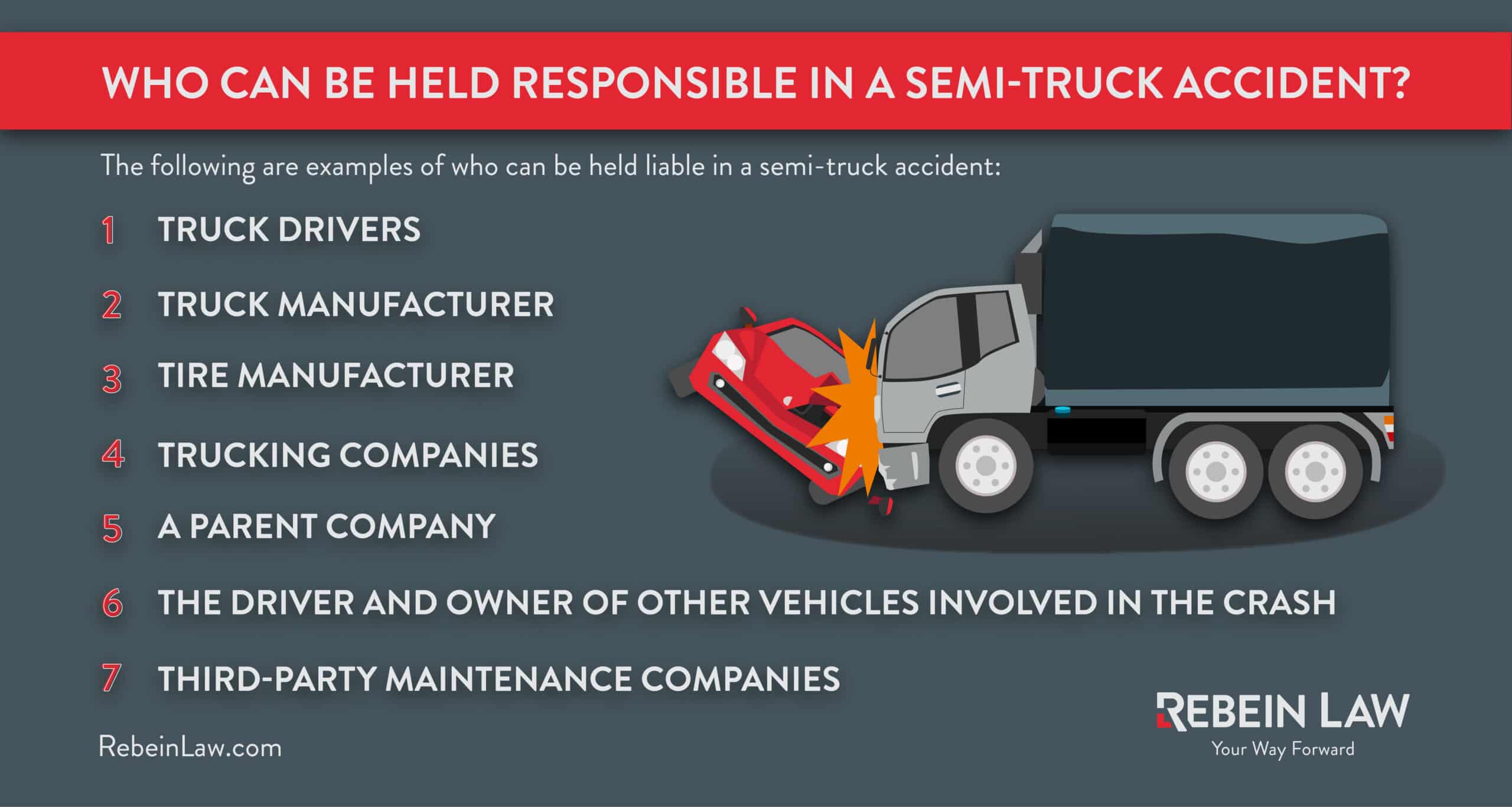Accident settlements represent a crucial aspect of the legal landscape for individuals involved in vehicular mishaps. Particularly, in Washington State, the intricacies surrounding these settlements can be both perplexing and enlightening. Understanding the nuances of accident settlements can shift your perspective on personal injury compensation and its underlying factors. This examination not only sheds light on average payouts but also delves into the variables that can significantly influence these figures.
The average payout for accident settlements in Washington State varies substantially based on multiple criteria. Generally, the average settlement for personal injuries resulting from automobile accidents hovers around $16,000. Yet, this figure encapsulates a broad spectrum, from minor injuries to more severe cases. Consequently, it is imperative to consider the specific circumstances of an accident that may substantially shift this average.
A key determinant of settlement amounts is the nature and severity of injuries sustained. For instance, a fender bender may result in relatively minor injuries such as whiplash or bruises, leading to average settlements that may stay within the lower range of $10,000 to $15,000. Conversely, more severe injuries such as spinal cord damage or traumatic brain injuries can propel settlements into the realm of six figures, often exceeding $100,000. The severity of injuries not only affects medical expenses but also the degree of pain and suffering experienced by the victim, thereby influencing negotiations with insurance companies.
Another critical factor is the impact of liability. In Washington, the state follows a comparative negligence system. This means that if the injured party shares any degree of fault in the accident, their settlement amount may be adjusted accordingly. For instance, if a driver is deemed to be 20% at fault for an accident, their potential settlement could be reduced by that percentage. This nuanced approach to liability fosters an atmosphere where meticulous evidence gathering and professional legal representation become paramount.
The role of insurance also plays a pivotal part in determining settlement amounts. Washington State mandates that all drivers possess a minimum amount of liability insurance, but oftentimes, individuals carry much more than the state-mandated minimum. The type and extent of coverage come into play during settlement negotiations. For example, individuals with comprehensive coverage may experience smoother negotiations due to the higher compensation limits their policies afford. This reality underscores the importance of understanding one’s insurance policy and its implications on potential settlements.
Furthermore, the context surrounding the accident—such as location and road conditions—can also influence settlement amounts. Urban areas might experience higher settlement averages due to the frequency of severe accidents, while rural locales can see lower averages. Additionally, adverse weather conditions such as rain or snow may alter the degree of negligence attributed to either party, affecting the final settlement outcome.
Legal representation can tremendously impact the trajectory of a personal injury claim. Adept attorneys specializing in accident settlements are privy to the intricacies of the law and negotiation techniques that may lead to more favorable outcomes. An experienced attorney can assess the tangible and intangible costs associated with an injury, providing a comprehensive view of the damages suffered. This holistic approach ensures that victims receive compensation that accurately reflects their predicament.
Moreover, the emotional toll of an accident cannot be overstated. Emotional distress, anxiety, and diminished quality of life are integral components of personal injury claims. These non-economic damages can play a significant role in settlements, yet they often pose a challenge in quantification. Victims may require psychological evaluation or counseling to substantiate claims related to emotional suffering. An understanding of these dimensions can shift the focus of settlements from mere figures to comprehensive assessments of individual struggles.
Compounding these various aspects is the timing of the settlement process itself. The progression of a claim typically involves numerous phases, including insurance negotiations, potential litigation, and mediation. How long the process takes can significantly influence the final settlement amount. Delays may arise due to investigations or disputes regarding liability, during which time medical costs can accumulate, skewing the economic analysis of the claim. In Washington, the statute of limitations dictates that personal injury claims must be filed within three years from the date of injury, emphasizing the importance of prompt action.
Given the numerous variables at play, exploring accident settlements in Washington State is not merely a pursuit of average figures. The complexities of each case make it essential to maintain a comprehensive understanding of the many elements that influence payout amounts. Factors such as severity of injuries, liability, insurance coverage, emotional impact, and legal representation all contribute to the settlement tapestry woven within the state’s legal framework.
Ultimately, the road to understanding accident settlements necessitates a keen awareness of various dimensions that extend beyond the surface. Armed with this knowledge, individuals can foster a deeper appreciation for the multifaceted nature of settlement negotiations and their potential implications. In navigating this intricately woven process, it is possible to emerge with not only a more profound understanding of personal injury compensation but also the assurance of receiving a just settlement that reflects the unique nuances of one’s experience.
